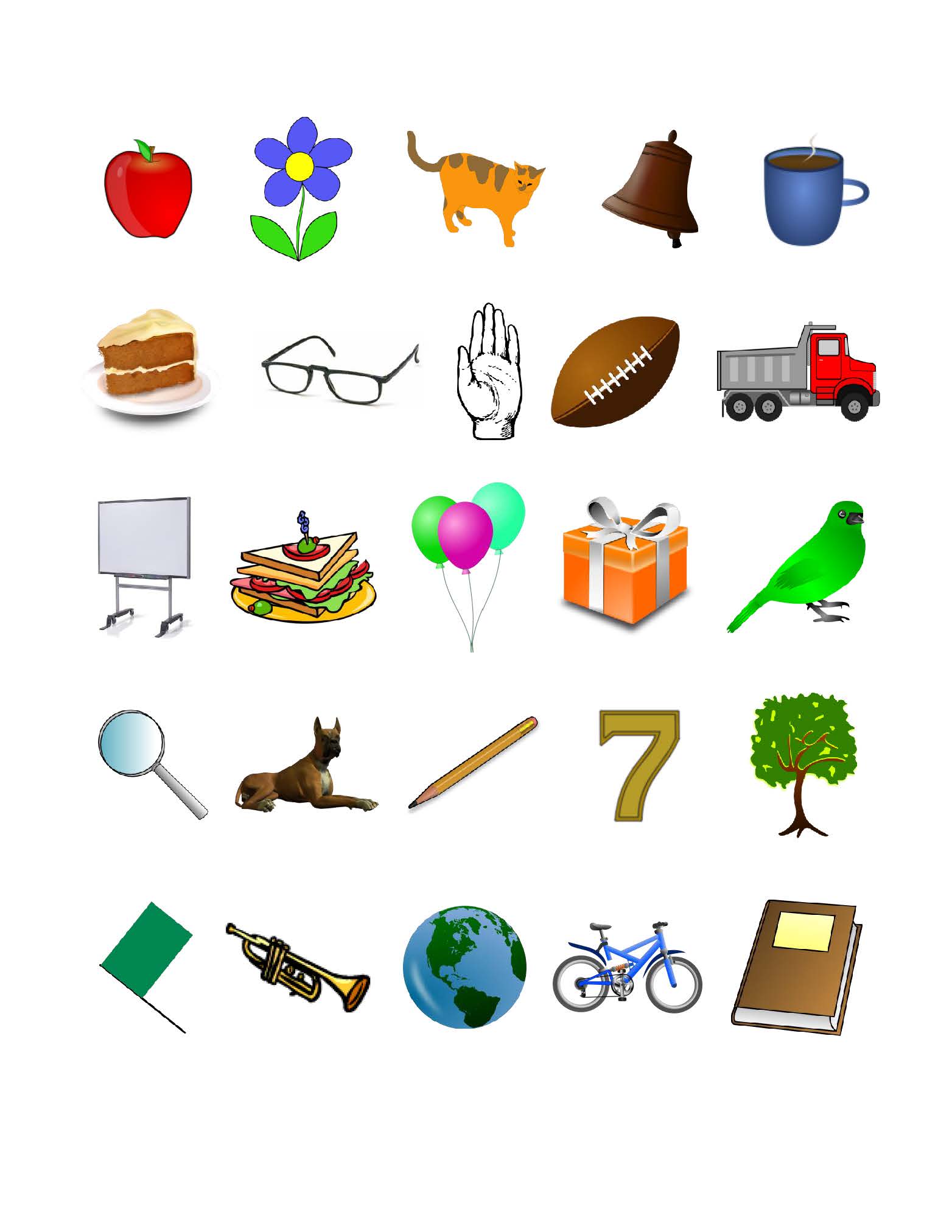Table Of Content

When a third variable is involved and has not been controlled for, the relation is said to be a zero order relationship. In most practical applications of experimental research designs there are several causes (X1, X2, X3). In most designs, only one of these causes is manipulated at a time.
What is the Scientific Method?
So, the researcher will design the experiments for the purpose of improvement of precision. It is called experimental design or the design of experiments(DOE). In this article, let us discuss the definition and example of experimental design in detail. Project Managers use the Design of Experiment tool in the Quality Planning process to determine the factors of a process, the way to test those factors, and what impact each has on the overall deliverable. Project Managers and those preparing for the Project Management Professional (PMP®) certification need to know of the DOE regardless of the industry in which they work. A design of experiments (DOE) is a set of statistical tools for planning, executing, analyzing, and interpreting experimental tests to determine the impact of your process factors on the outcomes of your process.
best practices when thinking about DOE
This is a brute force technique that you can get by with when you have just a few variables or interactions. The downside is that with large variable (factor) sets, you will spend a lot of resources doing this. You may miss the complicated interactions other more sophisticated designed experiments will give you. Sometimes randomisation isn’t practical or ethical, so researchers create partially-random or even non-random designs.
Frequently asked questions about experimental design
Experimental Solvers: New Capabilities in Fusion 360 Generative Design - Autodesk Redshift
Experimental Solvers: New Capabilities in Fusion 360 Generative Design.
Posted: Sun, 23 May 2021 04:58:52 GMT [source]
Often doing a full factorial design analysis is impossible or impractical. Here’s how you can optimize your resources and still achieve a rigorously-supported decision. Next, we must understand the factors that can affect an outcome to create the appropriate design to determine how to structure our experiment. In your research design, it’s important to identify potential confounding variables and plan how you will reduce their impact. Experimental designs are a set of procedures that you plan in order to examine the relationship between variables that interest you. You should also include a control group, which receives no treatment.
Trial-and-error method
After viewing them, the customer then ranked the different mockups from most preferred to least preferred. To keep matters simple, they went with a quarter fraction design, or 16 different mockups. Otherwise, you’re asking customers to try and differentiate their preference and rank way too many options. If you have a treatment group and a control group then, in this case, you probably only have one factor with two levels. A more effective and efficient approach to experimentation is to use statistically designed experiments (DOE).
Zooming out and picturing what we have done on a map, we can see that we have only been exploiting a very small part of the entire experimental space. The true relationship between pH and volume is represented by the Contour Plot pictured below. We can see that the optimal value would be somewhere at the top in the larger red area. Another important application area for DOE is in making production more effective by identifying factors that can reduce material and energy consumption or minimize costs and waiting time. It is also valuable for robustness testing to ensure quality before releasing a product or system to the market.
School's out... and so is OFAT (one-factor-at-a-time) experimentation.
It is limited in both the number of variables that you can investigate and, critically, it precludes any investigation of how variables interact. Most biological processes are complicated, complex, and multidimensional.7 So, changing one factor probably changes something else. The statistician Ronald Fisher, who attended the tea party, devised an experiment to test her claim. The lady was randomly given four cups in which tea was poured before the milk and four where the milk was poured first. They enlisted the company’s Master Black Belt to help them do the experiment using a two-level approach. In this course we will pretty much cover the textbook - all of the concepts and designs included.
DOE lets you investigate specific outcomes.
You will need to control those to reduce the noise and contamination that might occur (which would reduce the value of your DOE). In a conjoint analysis DOE, you would create mockups of the various combinations of variables. A sample of customers were selected and shown the different mockups.

For example, it isn't possible to fully understand the functional consequences of changing a protein's structure without understanding all the contexts in which it appears. Its interactions within biological networks are what really define its function, so even minor changes can produce a plethora of unpredictable down- and upstream effects. In a series of blogs, we’re going to explore the basis of DOE, who should consider DOE, and some ways in which this methodology helps experimental biologists deal with life’s inherent complexity. Once they gathered all the data and analyzed it, they concluded that menu orientation and loading speed were the most significant factors. This allowed them to do what they wanted with font, primary graphic, and color scheme since they were not significant. Specify how you can manipulate the factor and hold all other conditions fixed, to insure that these extraneous conditions aren't influencing the response you plan to measure.
Note that the tool is called Design of Experiments, plural; a single experiment, even with multiple factors, will not provide enough data. One experiment may provide results which indicate a different problem to solve thus requiring the design of additional experimentation. In the planning stage, enough time needs to be included in the overall project timeline to plan, execute, evaluate, and document the Design of Experiments.
There are multiple approaches for determining the set of design points (unique combinations of the settings of the independent variables) to be used in the experiment. In this chapter, we review relevant concepts from the field of design of experiments, and this review assumes some basic knowledge of the field. We review both classical and contemporary design of experiments methods. Classical methods are well-established and have a long history of use in many applications; some of these include factorial designs, ANOVA (analysis of variance), and response surface modeling amongst others. The contemporary methods considered are those that are suited for design of experiments for computer simulations, which are based on some fundamental differences from classical experiments.
His methods were successfully applied and adopted by Japanese and Indian industries and subsequently were also embraced by US industry albeit with some reservations. It is best that a process be in reasonable statistical control prior to conducting designed experiments. Investigators should ensure that uncontrolled influences (e.g., source credibility perception) do not skew the findings of the study. Manipulation checks allow investigators to isolate the chief variables to strengthen support that these variables are operating as planned. Overall, the purpose of experimental design is to provide a rigorous, systematic, and scientific method for testing hypotheses and establishing cause-and-effect relationships between variables.

No comments:
Post a Comment